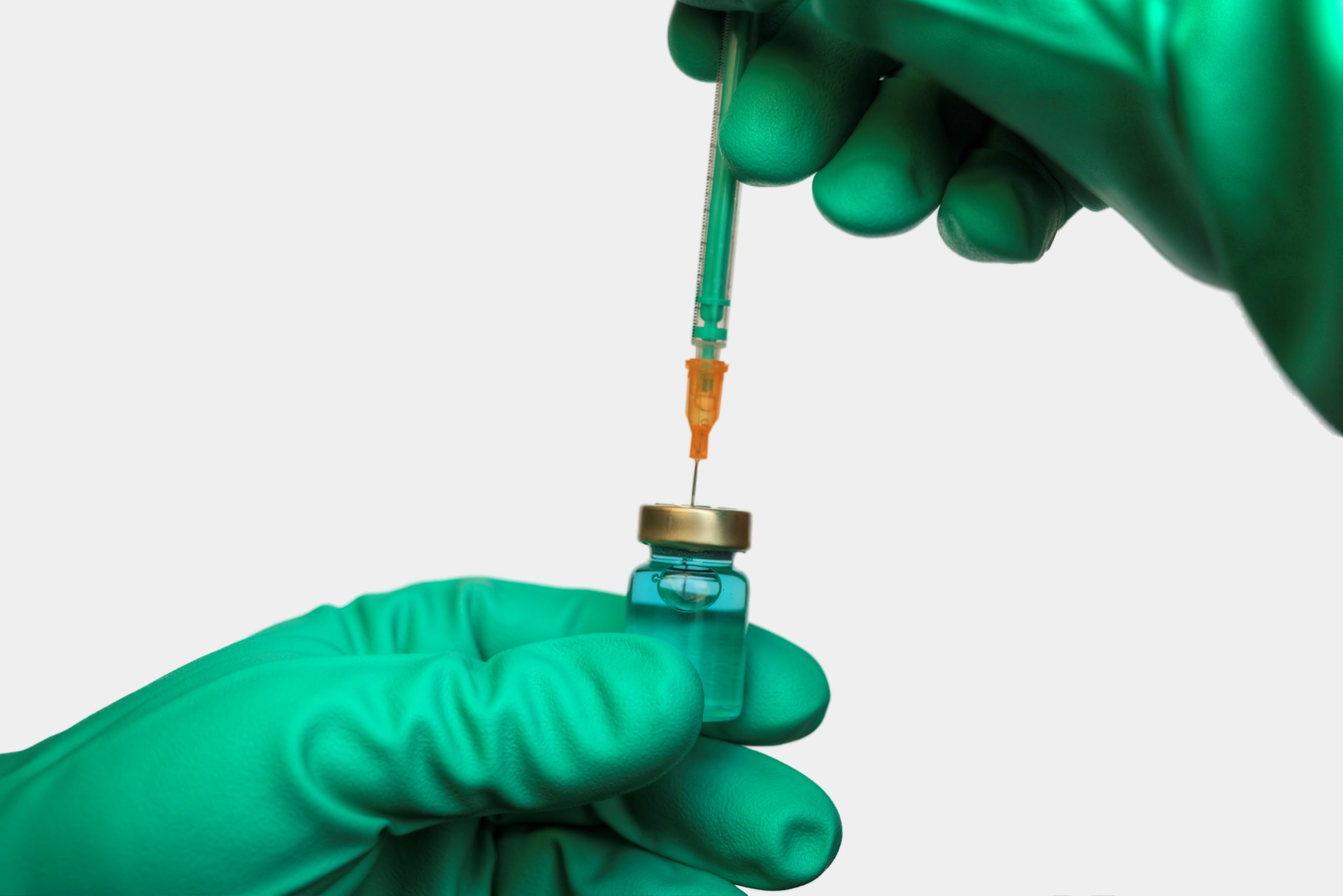This week, multiple states in the USA announced an accelerated timeline for vaccine eligibility. Connecticut and Michigan are making all residents 16 and up eligible staring April 5th. President Biden has set the challenge out to every governor that every adult be eligible by May 1st with a broader goal to reopen the country around July 4th.
In these next few weeks, millions will feel relief as they schedule and their get their vaccinations to end the pandemic. Quickly though, the challenge will move from supply to demand. In a recent NPR/Marist poll, 30% of Americans say they do not want the vaccine or have hesitancies about signing up. Concerns are generally about vaccine safety, side effects, or distrust in the health system built upon decades of inequity. This is a challenge the industry has known is coming but will now come face-to-face with in the late Spring.
Indeed, the vaccine acceleration was detailed and complex. One of the best explanations I have seen is this explainer video from Vox. In some cases, like Johnson & Johnson’s efforts, the research into the base vaccine began over 10 years ago in the fight against Ebola. Now into 2020, J&J’s efforts received $456M from the US government to support a larger round of testing and early mass production. After the Phase 3 trial (which included 45,000 volunteers) was complete, the results were promising enough to issue emergency use authorization.
Vaccines are already negatively impacted by years of false, non-causal accusations from outside the scientific community. This is an issue that will take many approaches to solve. Can packaging help increase demand for the vaccine? No, that would be overstating our industry’s role. But below the surface of that problem, packaging can support the argument for vaccine safety. As we covered in our previous article, packaging can help extend the reach and shelf life of these vaccines to all corners of the world. Certain vaccines (like Johnson & Johnson’s single dose) are more stable and can safely help more rural communities.
Packaging will not be able to help directly address side effects or the distrust in the American health system. Those are thornier issues that will require a large-scale effort to combat. At a minimum though, packaging can play its traditional role in protecting the therapy inside, giving caregivers confidence, and helping to lower the rate of infections in the field.




